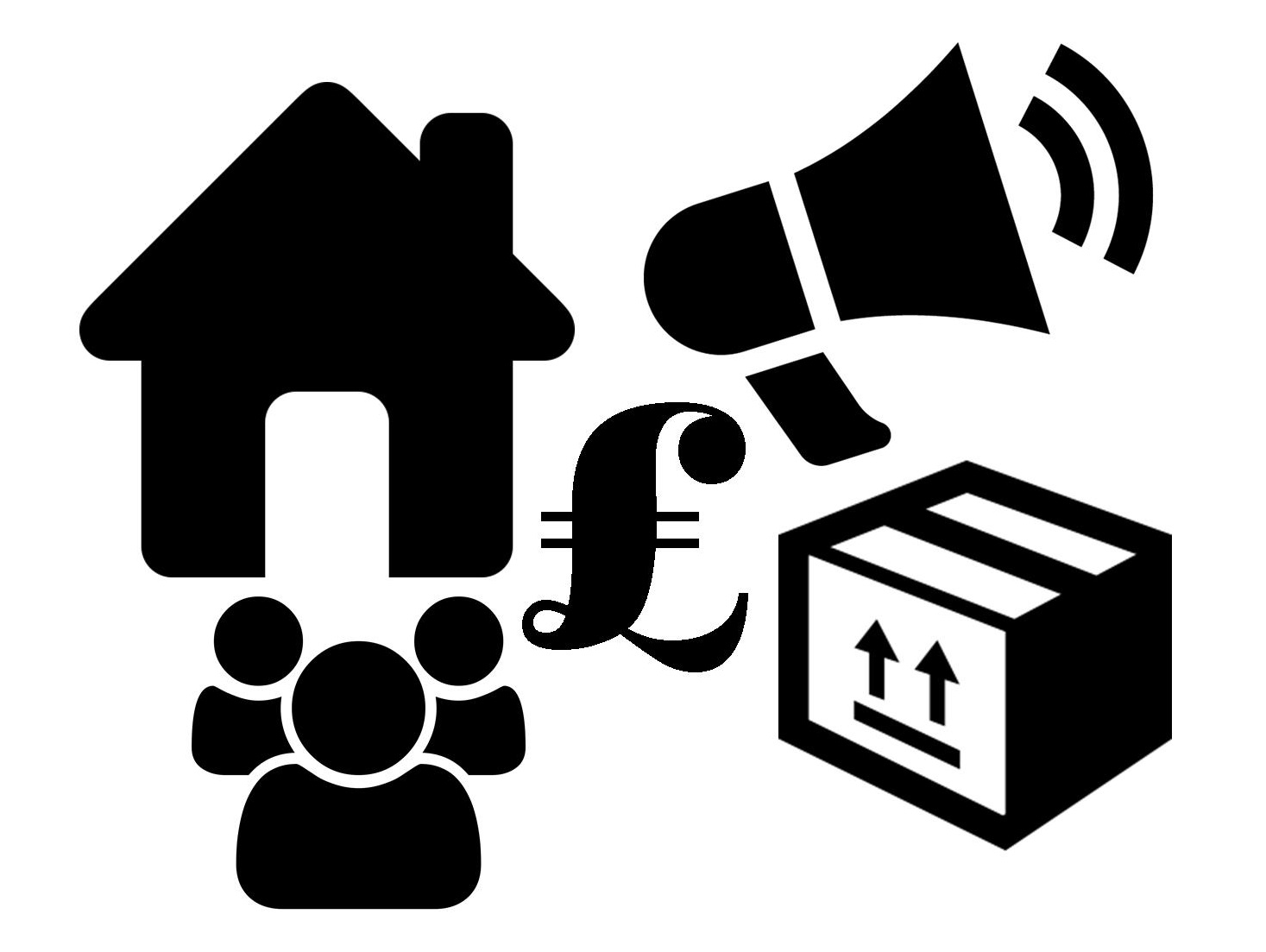
How Working Digitally Affects the Marketing Mix
Working digitally can lift many restrictions that hit businesses hard, particularly businesses that are heavily affected by high stock levels, slow production lead-times and limited consumer interaction.
The Marketing Mix breaks down each element of a business profile, from process through to product, promotion and price. By combining these different marketing tactics a business can create the perfect environment to meet the needs of their customers.
Typically a product is produced, priced and promoted based on market conditions. By working digitally there is an increase in flexibility; the market conditions are more of an open playing field. Here’s why…
Product
By using a digital workflow a product can be produced more simply yet can feature many more creative elements than if produced using a conventional production route. For example, using a digital workflow connected to a digital printing press enables the use of variable data to print unique pieces of packaging or packaging that features elements that can be personalised.
This idea provides a new level of premiumisation and consumer interaction. A consumer can actively affect what is presented on a pack. It is a popular service across the gifting industry and is becoming part of the wider packaging industry.
Personalisation is not necessarily adding a name or a message, it can be a brand adding details of a seasonal or regional campaign to packaging or advertising an event. It can even be the use of data by brands to create packaging that provides a personalised service such as a user specific guide.
Basically, working digitally means that when producing packaging if you can visualise it on a screen you can print it with no need for additional production components such as printing plates.
Price
The cost profile when working digitally is different, which will of course have an effect on pricing and eventual profit.
In some areas of the process the cost may increase but other benefits can out-weigh a slightly higher cost, such as lower stock levels and no stock write-off. Order product on-demand; a brand is not locked into using one design over and over. A digital workflow enables the production of unique packaging and products.
In some areas of the workflow such as print, working digitally will currently cost more but there are potential savings in promotional spend. It is a case of balancing benefits with spend and finding the perfect price point to attract customers.
When considering price it is also important to remember that adding any element of premiumisation can mean a brand can charge a higher price than a standard product, this is seen a lot in gifting and super premium products.
Promotion
The reality is that building a large footprint and promoting digitally can be much more cost effective and efficient than conventional promotional activity.
The development of social media and the hunger of consumers to talk openly about their views has led to a time of open, two-way communication between brands and consumers.
Digital promotion is not only more direct it can be highly reactive to current events. Brands can now switch marketing on and off dependent on the reactions of consumers. Notice a dip in sales, instantly turn on some online promotional activity. Why not share a video or an image, or even a basic message that consumers can view and share with their wider network. Consumers can become brand advocates.
Place
Digital has opened up the buying world to consumers. We can now purchase product from anywhere in the world and have it delivered directly to our door, this flexibility means that there are many millions of retailers available to consumers every day.
By basing a business online there are no costs for a retail outlet. All aspects of the retailer can be back of house. The front of house seen by a consumer is a webpage that can be styled in any way imaginable.
The consumers imagination can be fed solely by what they see online and of course how they feel about the product. Consumers can be convinced to buy a product based on another consumer opinion. A good review can drive sales. On the other hand, a bad review can lead to failure.
Perception is big business in the digital world. It can be changed in the flick of a switch.
